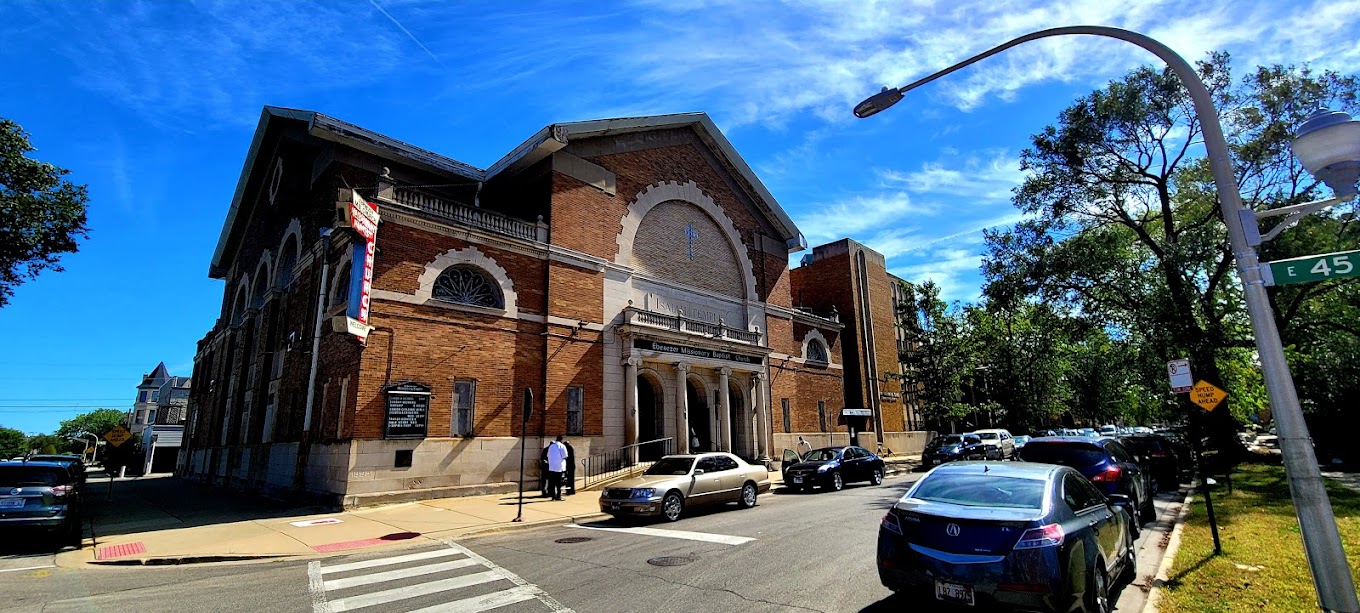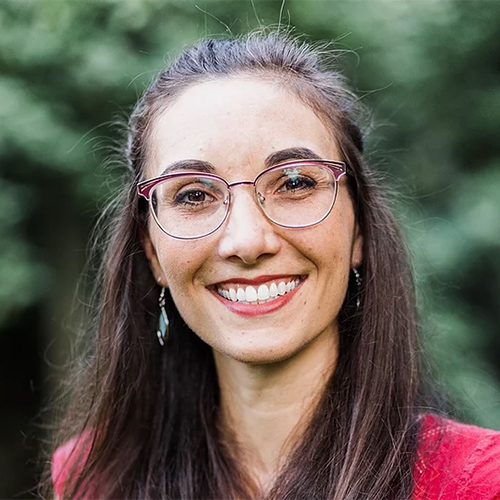In studying the financial condition of seminaries, Barbara Wheeler, the long-time president of Auburn Seminary, says, “You can’t solve the big financial problems of an organization by just stating a very high goal for increased gift receipts and then going out and getting it.”
A recent study of business officers in colleges indicates that more than half -- 57% -- believe that new programs or other new spending priorities will need to be paid by cuts in other programs. New ideas will not likely attract new revenue.
Congregations and institutions dependent on them, such as denominations, have been feeling financial pressure for many more years than higher education. If conventional thinking about raising new money will not be as effective as in the past, how do we conceive of new financial models?
The starting point is an inventory of assets.
What are the building blocks of the ministry? What do others recognize as valuable? Is it the services you provide, the staff, the volunteers, the reputation, the products, the location? Assets are the capacities that the ministry deploys in doing its work. Make a list of every asset, including those “owned” by others but used in your ministry.
Look at the ministry’s financial balance sheet and determine which items from your asset list are represented on that statement. What income is produced from the assets listed? How do the assets not listed on the balance sheet contribute income?
Partnerships are critical because new financial models needed to sustain our ministries likely require that we cooperate with other ministries.
For example, the mission of Leadership Education at Duke Divinity is to strengthen the ecology of Christian institutions that enable U.S. congregations and pastors to flourish. We design educational services, develop intellectual resources, and facilitate networks of institutions that cultivate a coherent vision of Christian institutional leadership and form Christian leaders in the mindsets, activities, and traits crucial to thriving communities.
In explaining our work to the then-dean of Duke’s business school, he suggested that such a complex challenge would require the participation of the best that the business school’s faculty had to offer. “You will not be able to afford our best folks,” he told me. “Ask them to work for free.”
It took awhile for me to discern how to deploy -- in financial terms “leverage” -- this asset. I decided to call on those faculty who were both “best in class” and Christians. We created venues by which they could offer their gifts to the church with minimal disruption to their other projects. What similar assets does your ministry leverage?
With a full picture of assets in mind, it is important to review the liabilities.
These are the costs for doing the ministry and the cost of deploying all the assets. Many physical assets depreciate over time. For example, a building loses value because the cost of repair rises for aging equipment.
Many ministries treat such depreciation as a financial trick, rather than a cost that eventually comes due. For instance, when we use business professors in our programs the events have to be held close to their homes, which creates cost for participants and for the program. This is a liability that needs to be considered.
The financial model describes the assets and liabilities and how they interact to create the income required by the ministry. Ultimately the goal is a virtuous cycle in which each element in the financial model is fed naturally by the conditions other elements of the model create.
In large universities, a successful football program draws alumni to campus for home games. Any department in the university can take advantage of the presence of alumni to inform them of significant projects worth support. A successful athletic program makes recruitment of new players easier and makes the school more attractive to all prospective students.
Christian institutions once benefited from virtuous cycles in the broader culture that supported the ministry, with modest effort by the institutions. Today, many of these institutions need to join with others in creating new cycles. Dialogue about the assets, liabilities and the interrelationship for our own ministries and our partners creates a common language to develop the sort of interdependent financial models that hold the promise for a virtuous cycle.










